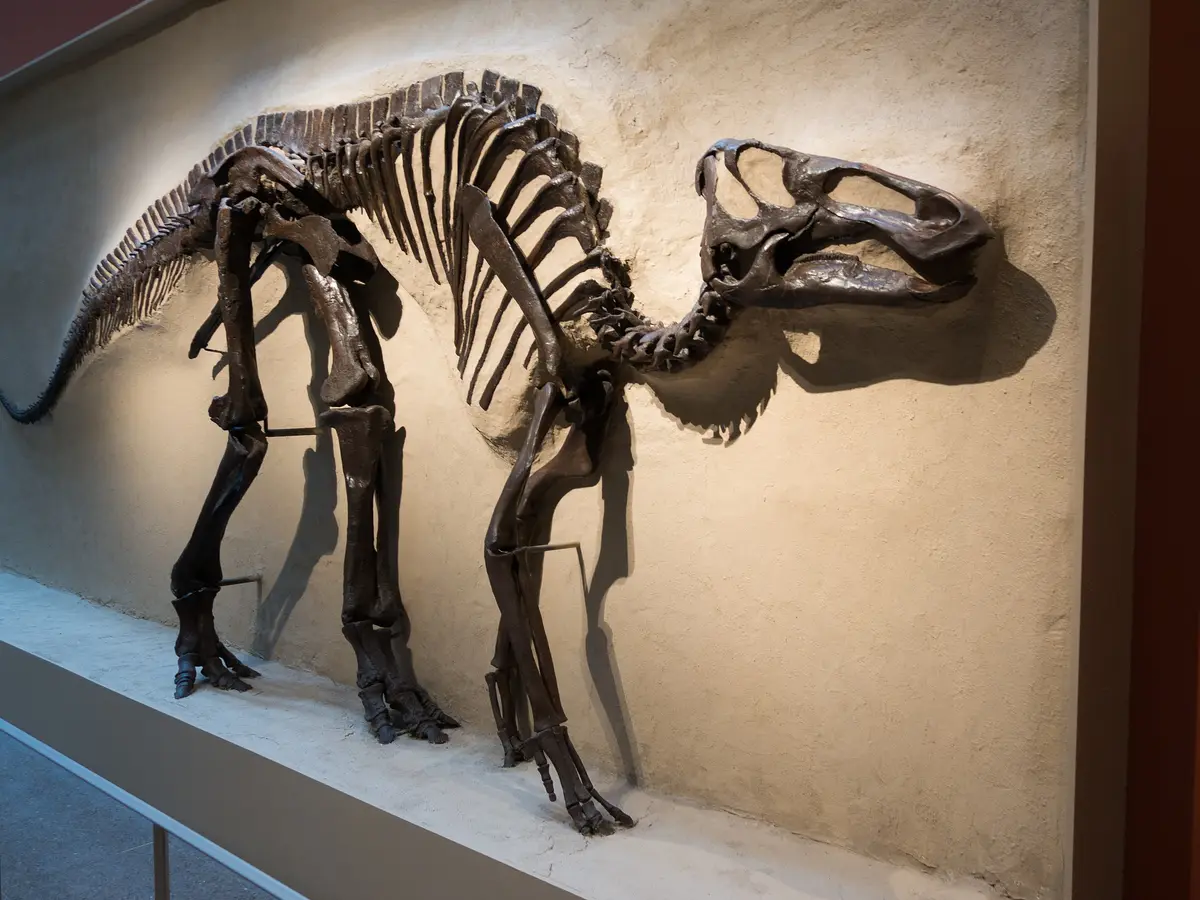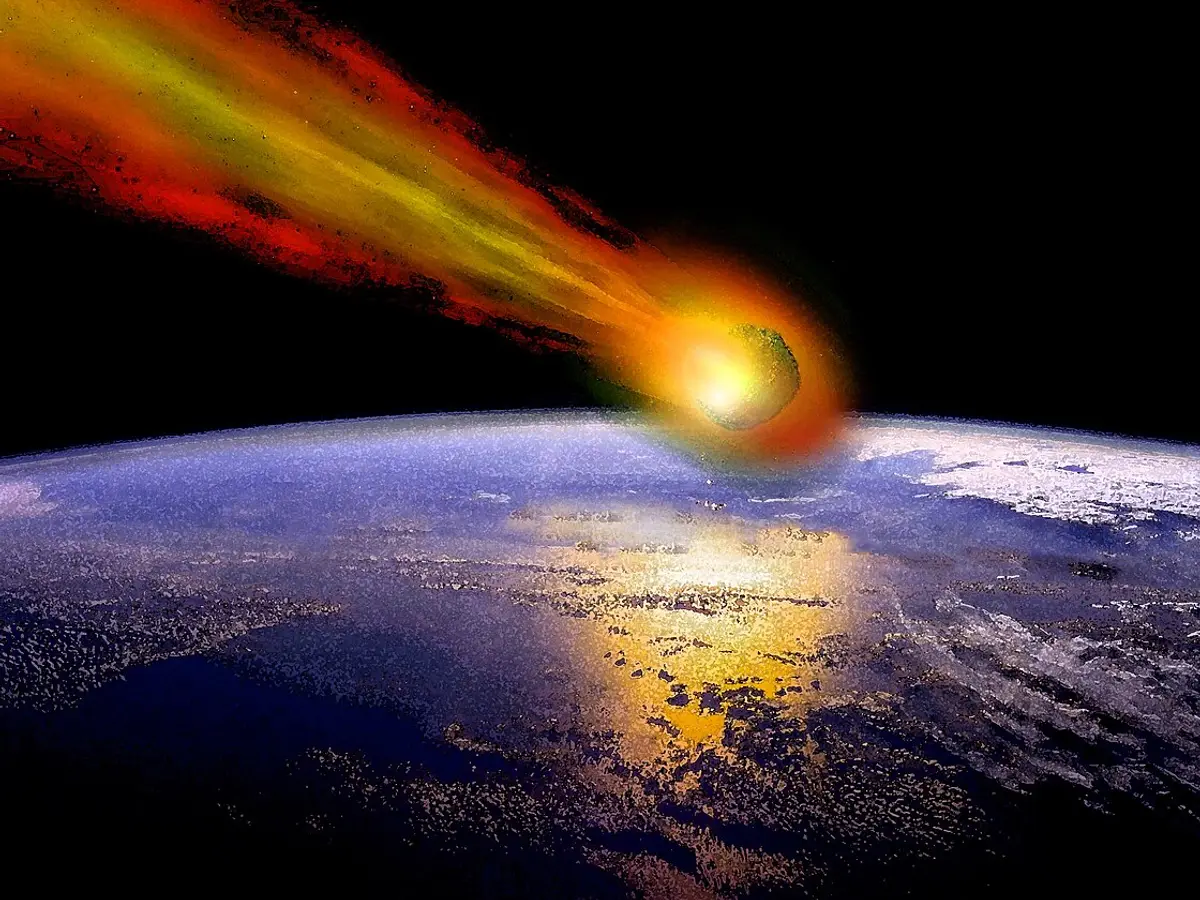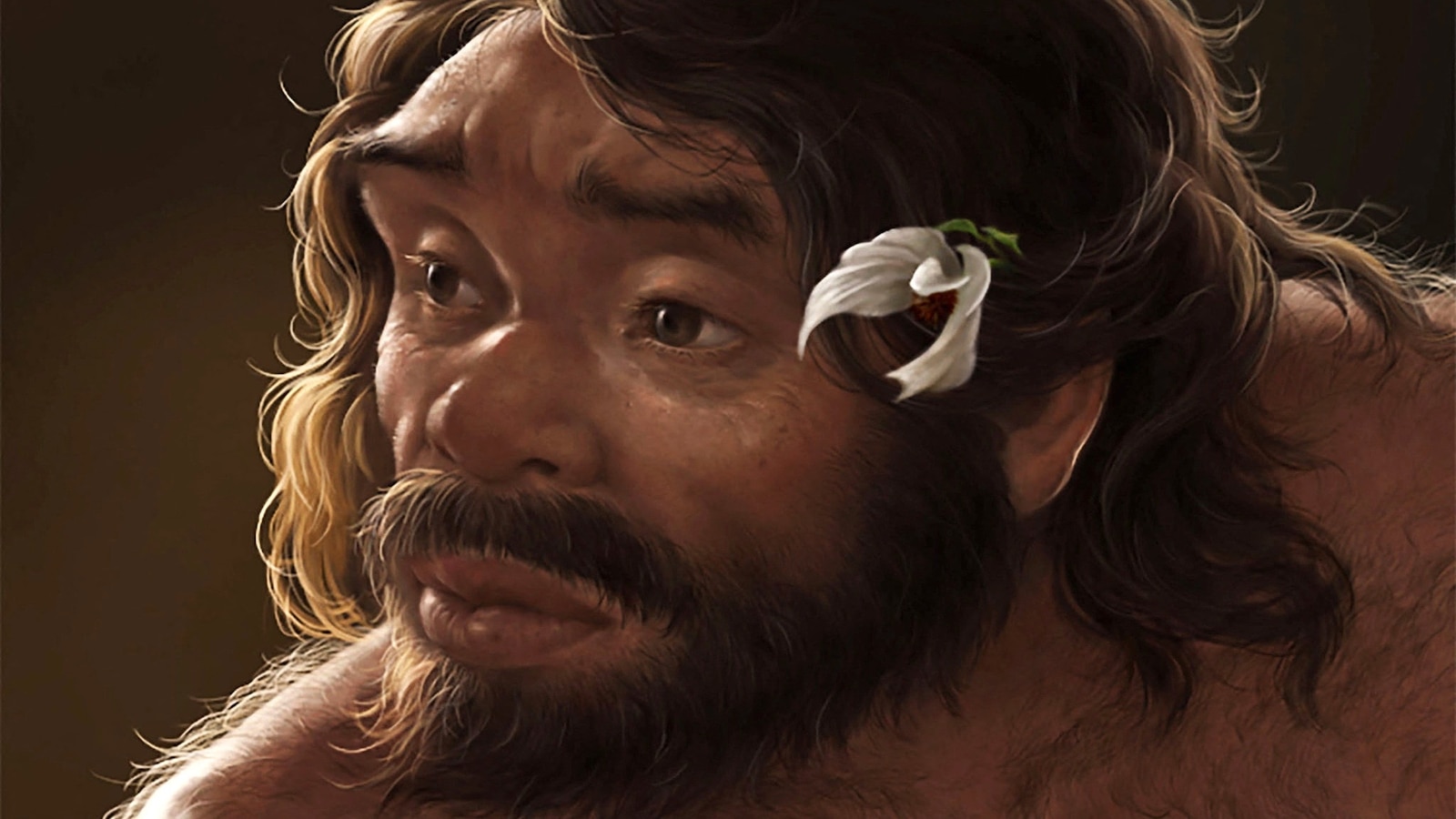Unbelievable Fossil Treasure Found Beneath Lowe’s Parking Lot!

Imagine parking your car and unknowingly resting atop a treasure trove of ancient history! Beneath what is now a Lowe’s parking lot in Mantua Township, New Jersey, lies the incredible Edelman Fossil Park & Museum. This remarkable site, overshadowed by everyday commerce, sits above a unique layer of sediment known as the extinction layer, marking a pivotal moment in Earth's history—the boundary between the Cretaceous and Paleogene periods, approximately 66 million years ago. This very layer holds the evidence of the catastrophic asteroid impact that signaled the end of the dinosaurs.
To date, geologists and paleontologists have excavated an astounding collection of over 100,000 fossils from this site, representing more than 100 species of ancient marine life, including majestic marine reptiles, fish, turtles, and sharks. Each fossil is a window into a preserved ecosystem that captures the final moments of Cretaceous marine life, offering a rare glimpse into a time long past.
Among the standout discoveries are the bones of the fierce mosasaur, the apex predator of the shallow seas that once enveloped what is now southern New Jersey. These colossal creatures could grow up to an impressive 50 feet long, and their remains provide crucial insights into marine biodiversity right before the mass extinction event. The sediment surrounding these fossils indicates that this area was once submerged beneath the warm, shallow waters of the Atlantic Seaway, a vibrant ecosystem bustling with life. Recent coverage from Energy Reporters emphasizes how the findings at Edelman Fossil Park are reshaping our understanding of the final days of the dinosaurs.
But this fascinating site wasn’t just stumbled upon by chance. It had long been recognized for its fossil potential, and with the leadership of Dr. Kenneth Lacovara, the founding executive director, efforts were made to transform this former quarry into a public science and education facility. The museum is set to officially open its doors in March 2025, located at ‘66 Million Mosasaur Way’ in Mantua, New Jersey. Visitors will have the opportunity to participate in fossil digs, guided tours, and interactive programs, making it one of the few places in the eastern United States where amateurs and school groups can engage in real fossil excavation. This public initiative is at the heart of the museum’s mission, fostering curiosity and connection to the ancient world for all.


























